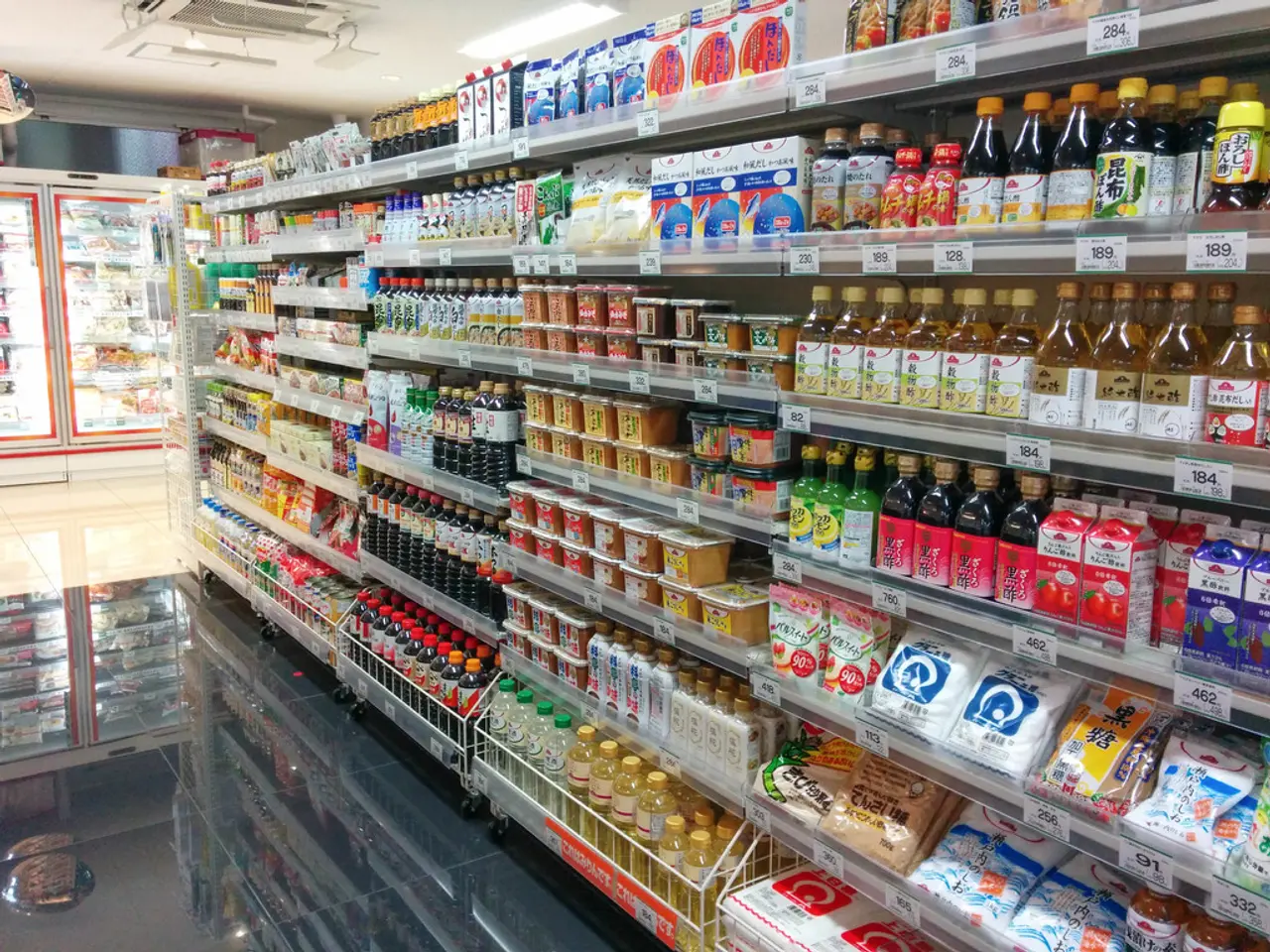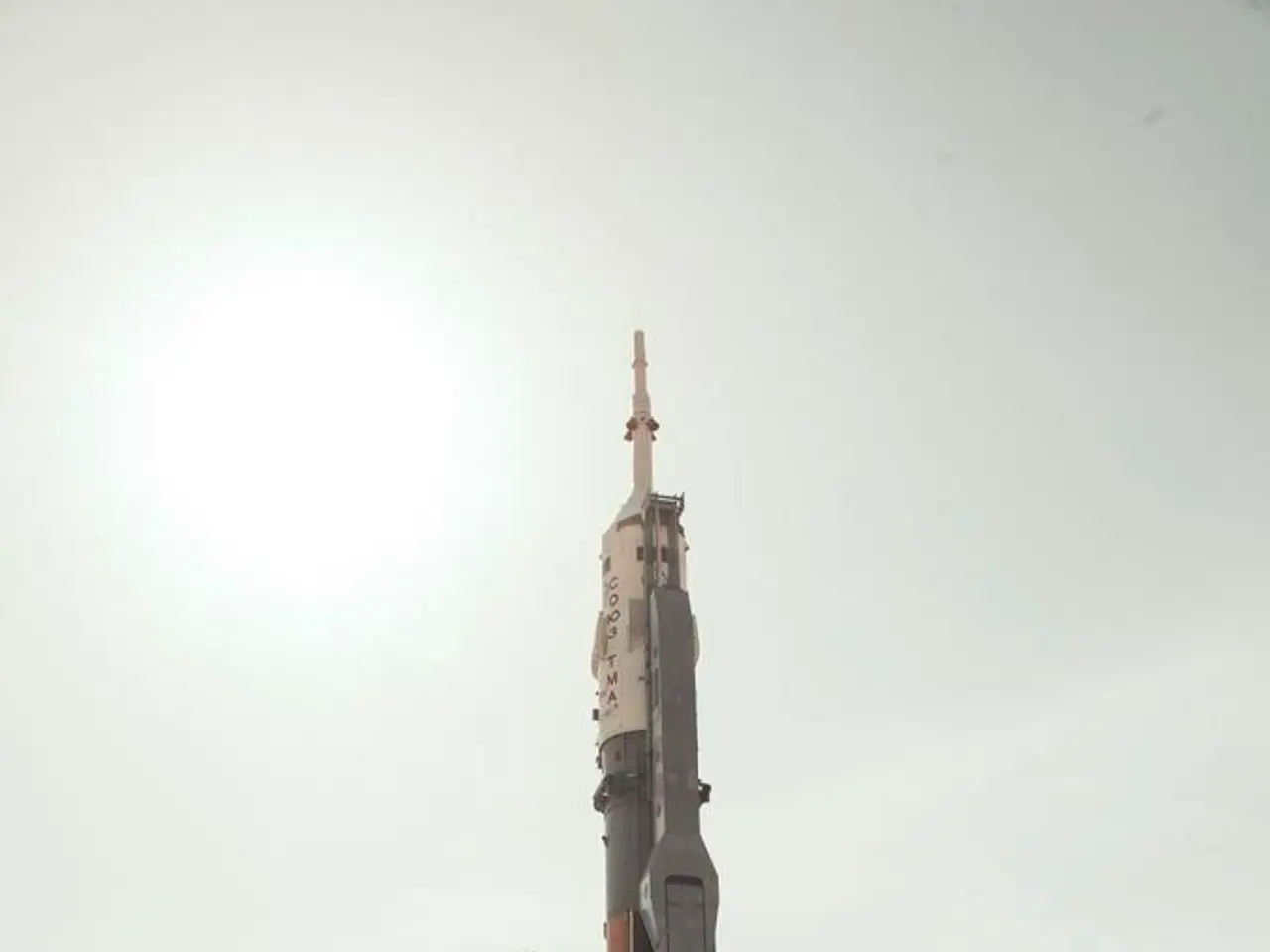Employers in the U.S. significantly reduce job creation amidst Trump's strict trade policies progression
Recent job reports and economic analysis indicate that President Trump's trade policies, particularly his imposition of elevated tariffs, have had a negative impact on U.S. hiring and pose challenges for the overall economy.
A weak jobs report showed a slowdown in hiring starting in May, which economists attribute to the early effects of the tariffs. Experts warn that the combination of high tariffs and sluggish hiring risks pushing the U.S. economy toward stagflation—a harmful scenario where economic growth slows while inflation persists or rises—making economic management more difficult for the Federal Reserve.
Wall Street investors sharply raised their expectations for a rate cut at the Fed's next meeting in September after the report was released. The weak jobs data makes it more likely that the Federal Reserve will cut short-term interest rates to spur growth, but such a move could risk boosting inflation.
On the other hand, the Trump administration emphasizes that its tariff policies aim to encourage reshoring of manufacturing jobs and investment into the U.S. economy by penalizing countries with nonreciprocal trade practices. According to official statements, these tariffs are intended to protect American industries, revitalize manufacturing communities, and strengthen supply chains through increased domestic production.
In July, U.S. employers added 73,000 jobs, which is significantly less than the expected 115,000. Factories cut 11,000 jobs last month, while jobs in administration and support fell by nearly 20,000. The number of Americans dropping out of the labor force and the ranks of the unemployed rose by 221,000 in July, causing the unemployment rate to increase to 4.2%.
Healthcare companies added 55,400 jobs last month, accounting for 76% of the jobs added in July. However, revisions to previous months' payroll data showed a loss of 258,000 jobs in May and June.
Daniel Zhao, chief economist at Glassdoor, said that the July jobs report confirms that the slowdown in the job market isn't just approaching - it's here. Guy Berger, senior fellow at the Burning Glass Institute, predicts very weak employment growth.
Furthermore, economists at Goldman Sachs estimate that overseas exporters have absorbed only one-fifth of the rising costs from tariffs, while Americans and U.S. businesses have picked up the lion's share of the tab. This has resulted in price increases from various companies such as Walmart, Procter & Gamble, Ford, Best Buy, Adidas, Nike, Mattel, Shein, Temu, Stanley Black & Decker, among others.
In response to the weak jobs report, President Donald Trump called for the firing of Erika McEntarfer, the director of the Labor Department's Bureau of Labor Statistics. The labor supply growth has nearly ground to a halt due to immigration policy.
In summary, while the administration frames the tariffs as a tool to enhance American manufacturing and job creation, recent job reports and independent economic analyses reveal early signs of hiring slowdowns and increased economic risk, suggesting that Trump's trade policies have introduced significant headwinds to U.S. employment growth and economic stability.
- The federal government's imposition of tariffs, as part of President Trump's trade policies, has been criticized by experts for its negative impact on the U.S. job market and potential risks to the overall economy.
- Wall Street investors have been anticipating a rate cut by the Federal Reserve in September due to the weak job market and its connection to the tariffs.
- The successive losses of jobs in administrative and support roles, as well as manufacturing jobs, further highlight the negative consequences of the tariffs on employment.
- Сovid-19 and the resulting impact on the American economy have been additional challenges faced by the Federal Reserve in managing economic conditions.
- Unemployment rate increased to 4.2%, and industries like healthcare have been the major contributors to new job creation in spite of the overall economic slowdown, indicating a shift in employment trends.




